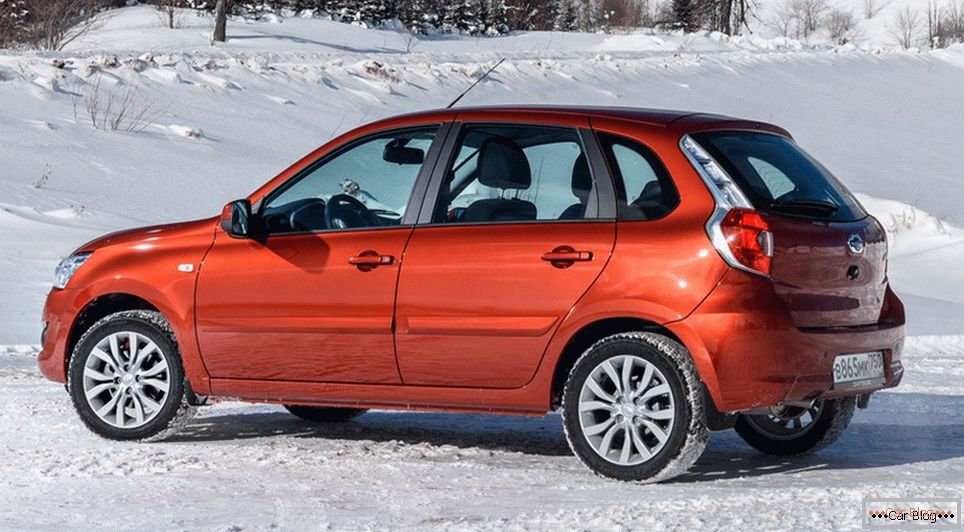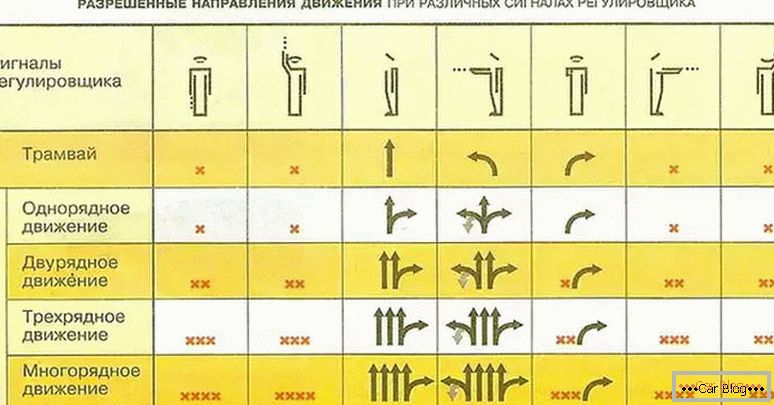Every vehicle owner ever comes across the concept of a vehicle VIN (aka VIN code). It, for example, needs to be provided at registration in traffic police, registration of an insurance policy, search of the stolen car, acquisition of spare parts. When buying a car, even a new one, it is not at all superfluous to understand the information laid down by the manufacturer in this code. This will help not to succumb to deception during the conclusion of the sale transaction.
Content
- 1 Meet the car VIN
- 2 What is hiding in the VIN code
- 3 How to decipher the VIN code
- 3.1 WMI decoding (positions 1 ÷ 3)
- 3.2 VDS decoding (positions 4 ÷ 9)
- 3.3 Decoding WIS (position 10 ÷ 17)
Meet the car VIN

The plate with the VIN code of the car looks like this
VIN car code includes a set of 17 characters (strictly Latin letters and Arabic numerals are allowed). The letters I, Q, O are not used because of the similarity of writing the numbers 1 and 0. Each position of the code contains encrypted information, for example, about the make, model, engine, year of release, etc. Any code is unique around the world (like fingerprints or DNA), allowing you to uniquely identify the car and its characteristics, regardless of who and where it was produced. Therefore, it will not be possible to give the car for what it is not.
So, what is the car's vin sorted out. Now you need to learn how to read it and put it into practice.
What is hiding in the VIN code
Structurally, the VIN code line consists of consecutive sections (there are three of them), whose names are determined by the following abbreviations:
- WMI (from World Manufacturers Identification - manufacturer's index, uniform throughout the world) is represented by three characters and identifies the location and trademark of the car manufacturer.
- VDS (from the Vehicle Description Section) contains 6 characters and contains a description of the vehicle's characteristics, for example, model, engine modification, body type, etc. The composition of the information provided here is determined by each manufacturer independently.
- VIS (from the Vehicle Identification Section - vehicle identification section) consists of 8 characters, defining the year of manufacture, serial number, manufacturing plant (in large companies).
Consider each position of the VIN code separately.
How to decipher the VIN code
As a rule, if the necessary information is available, deciphering the wines of the car code does not cause any particular difficulties. With one caveat: if the car is not "younger" 1980 release, because A single standard for VIN appeared exactly this year. Previously, car manufacturers acted at their discretion. And again “but”: in order to decrypt the VIN code, you must first find it. :-))
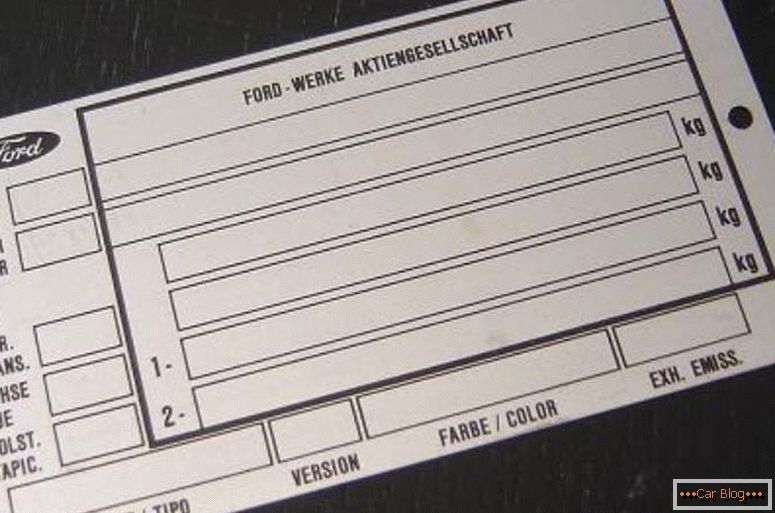
On the market there are blanks that, with a certain skill, can turn into a VIN code
Manufacturers have Win code in various places of the car body, usually inaccessible from the outside. In relatively new models, as a rule, the code can be seen on the driver’s door stand or on the instrument panel (in both cases, the code can be viewed through the windshield. But there are no rules without exceptions: in more “ancient” cars, you can find a sign with VIN code door threshold, and in the “very steep wheelbarrows” - hidden inside the dashboard. Once the VIN is found, you can proceed directly to deciphering it.
See also: What to do and where to call if you hijacked a carWMI decoding (positions 1 ÷ 3)
- 1 - country (region, geographical area);
- 2 - a car manufacturer (if the company is small and produces less than 500 units of vehicles per year, the value “9” is always put);
- 3 - a division of the car manufacturer (or vehicle type).
You may find the WMI decryption tables useful: country, manufacturer. They will help to punch the car according to the wine code at the initial stage of decoding.
Note. In some cases, the manufacturer may have more than one WMI. But two different manufacturers cannot be listed under the same WMI. The standard stipulates that if the manufacturer “ordered to live long”, then its identifier can be given to another company no earlier than 30 years.
VDS decoding (positions 4 ÷ 9)
- 4 - body type;
- 5 - engine type;
- 6 - model;
- 7, 8 - any information on the choice of the car manufacturer. For example, the type of body, brake system, cab, etc. If the manufacturer does not use all positions 4 ÷ 8, then the empty ones are filled with zeros;
- 9 - the value of the checksum VIN code, i.e. Its authenticity is verified. The checksum can be calculated independently. To do this, you need to replace all the letters in the code with numbers as follows:
| A, J | B, K, S | C, L, T | D, M, U | E, H, B | F, W | G, P, X | H, Y | R, Z |
| 1 | 2 | 3 | 4 | 5 | 6 | 7 | 8 | 9 |
Each VIN position is assigned its own coefficient (the so-called "weight"):
| Position | 1, 11 | 2, 12 | 3, 13 | 4, 14 | 5, 15 | 6, 16 | 7, 17 | 8 | 9 | 10 |
| Weight | 8 | 7 | 6 | 5 | 4 | 3 | 2 | 10 | 9 |
Now multiply the value of each position by its weight and summarize everything. The result is divided by 11.
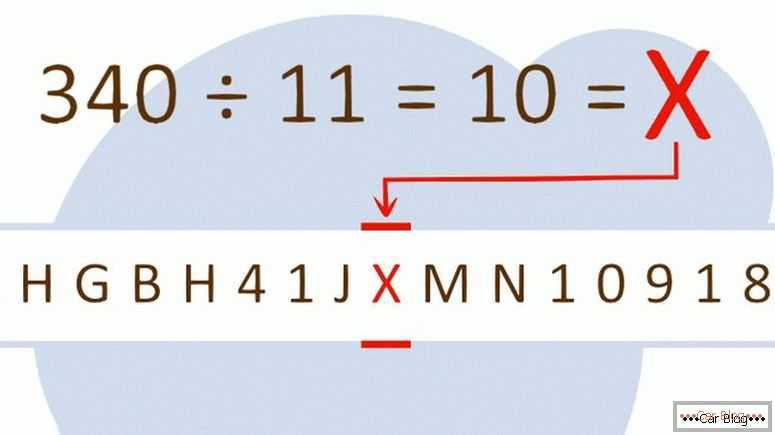
The value of the control symbol can take values from 0 to 9, as well as X
The remainder obtained after division is the reference value at position 9 of the VIN code. When the remainder is ten, then “X” is put. Here is an example of calculating the checksum value:
- There is a VIN code: 1G1BL52P7TR115520 (the value "7" in position 9 is the control one).
- After replacing letters with numbers, the code becomes: 17123527739115520.
- Each VIN position has its own multiplier: 8-7-6-5-4-3-2-10-0-9-8-7-6-5-4-3-2.
- We perform calculations: (1x8) + (7x7) + (1x6) + ... + (2x3) + (0x2) = 337.
- The result is divided by 11: 337/11 = 30 (we got an integer value).
- The remainder of the division will be: 337 - (30x11) = 7. This seven is the desired value of the checksum.
You can use one of the online calculators to calculate the reference value, but it’s safer to do it manually.
Decoding WIS (position 10 ÷ 17)
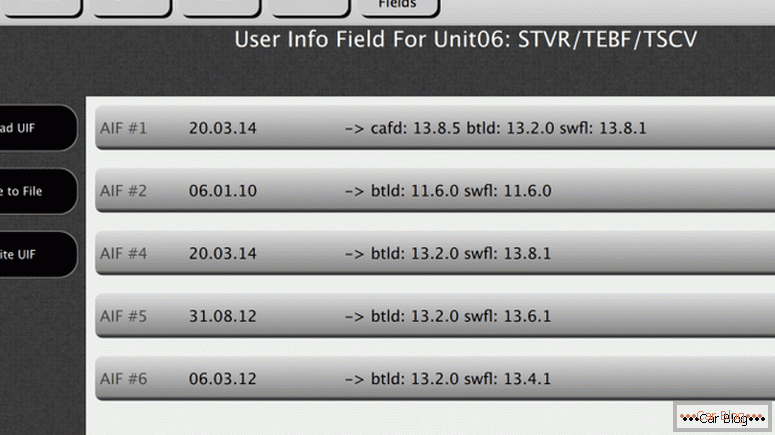
You can use programs that automate the decoding of the VIN code
- 10 - model year (i.e., the year when this car model was installed on the conveyor) Not to be confused with the year of release. The designation has a 30-year cycle (the first 21 years are designated by letters, the next 9 are numerals). Then everything repeats. Thus, we obtain the following values; 1980 (A) ... 2000 (Y), 2001 (1) ... 2009 (9), 2010 (A) ... 2030 (Y), etc. If the model began to be produced in the last third of the year (September-December), then the manufacturer is allowed to specify the next model year;
- 11 - contains information about the plant that collected the car;
- 12-17 - the serial number of the car inside the factory accounting. It makes sense for people who buy or sell a rare car: the difference between serial numbers 000001 and 000002 results in a considerable amount of dollars.
Note that the last 4 characters of the code (and for the USA, 5) always contain only numbers. In order for the auto check you made to be the most complete and accurate, follow one piece of advice. Having determined the country and car manufacturer from WMI, find the corresponding official website. From it you need to take information that is encrypted in positions 4-8, and sometimes at 10, 11. This is due to the fact that some car companies, unfortunately, rather freely interpret the provisions of the standard.

